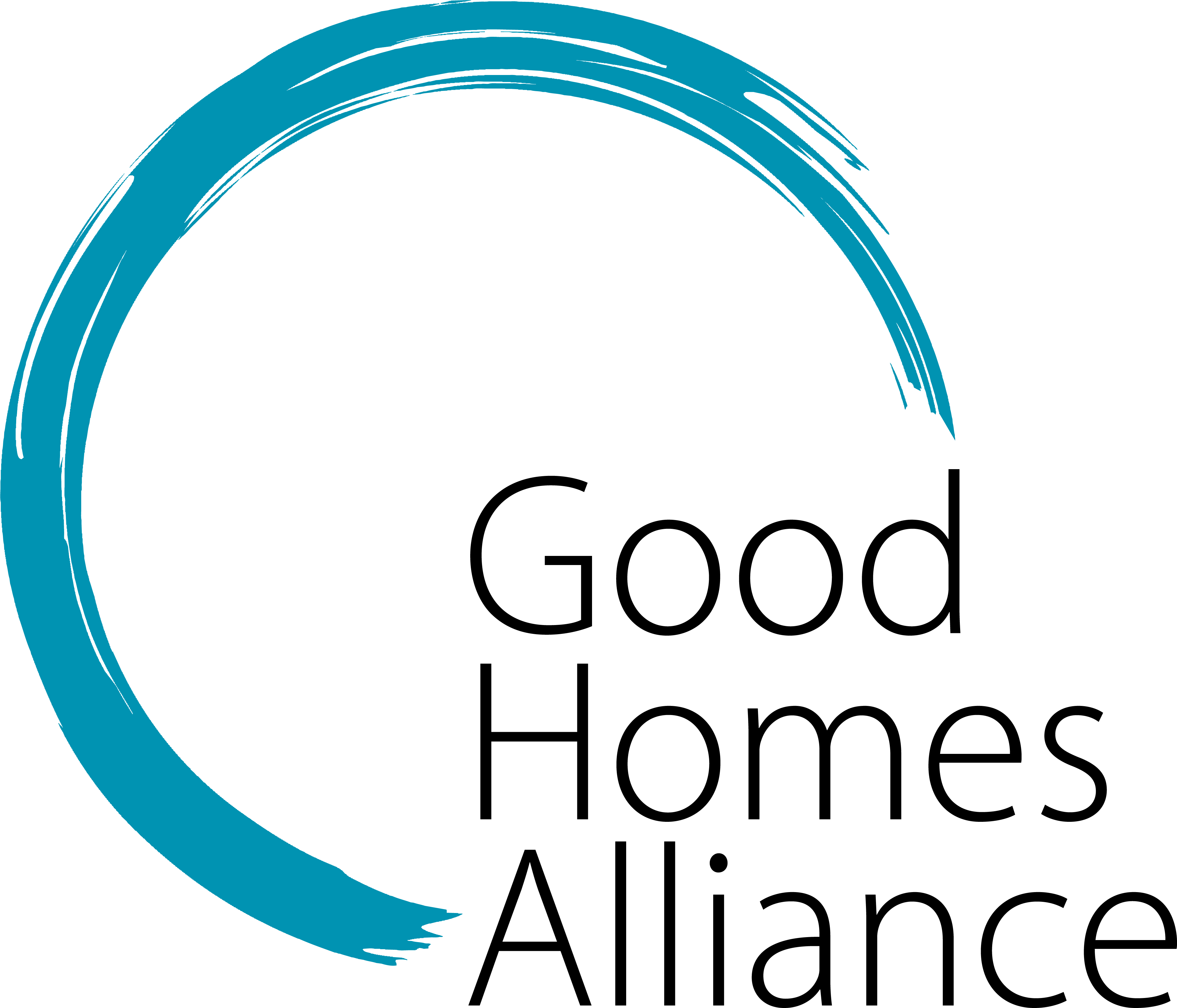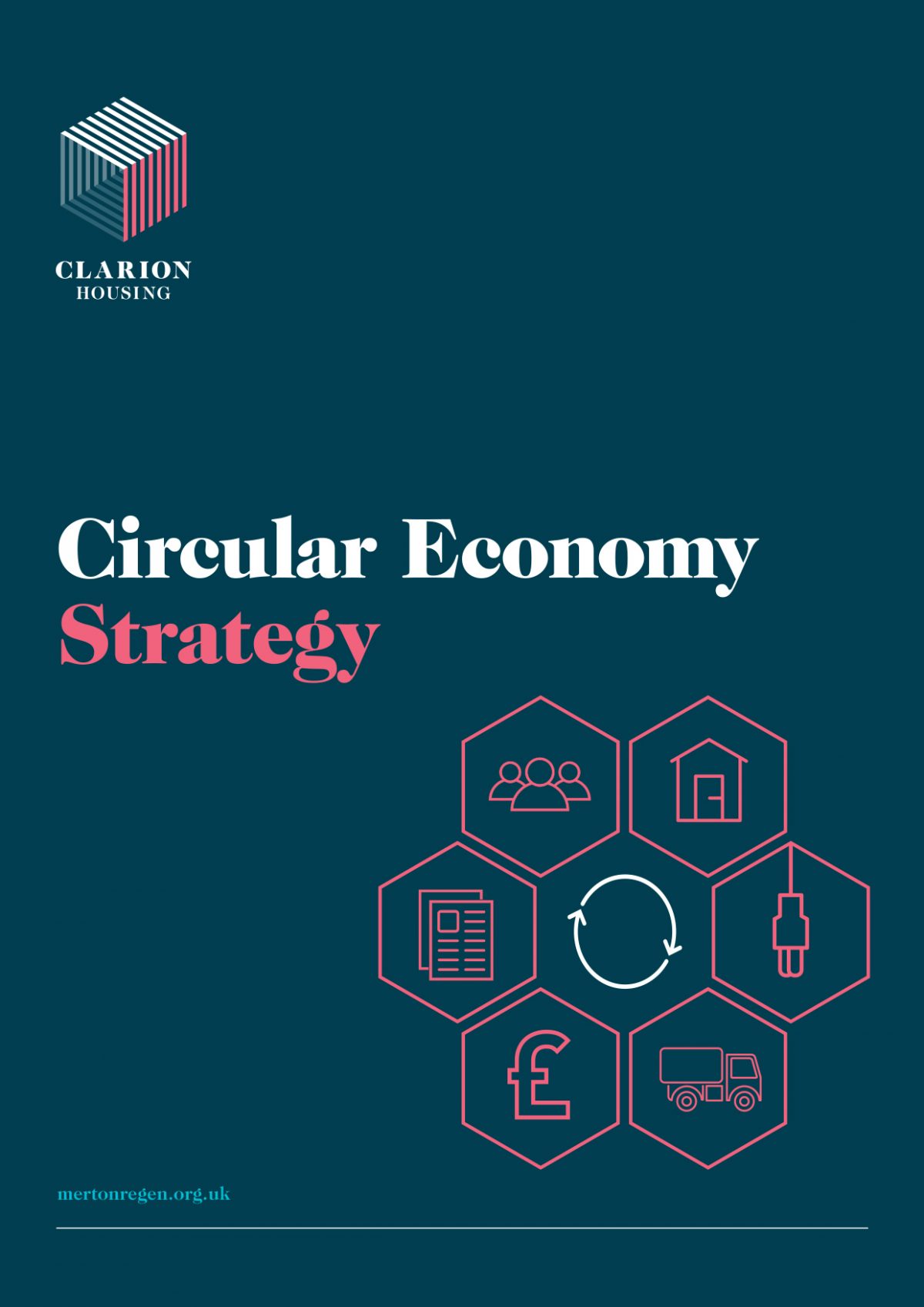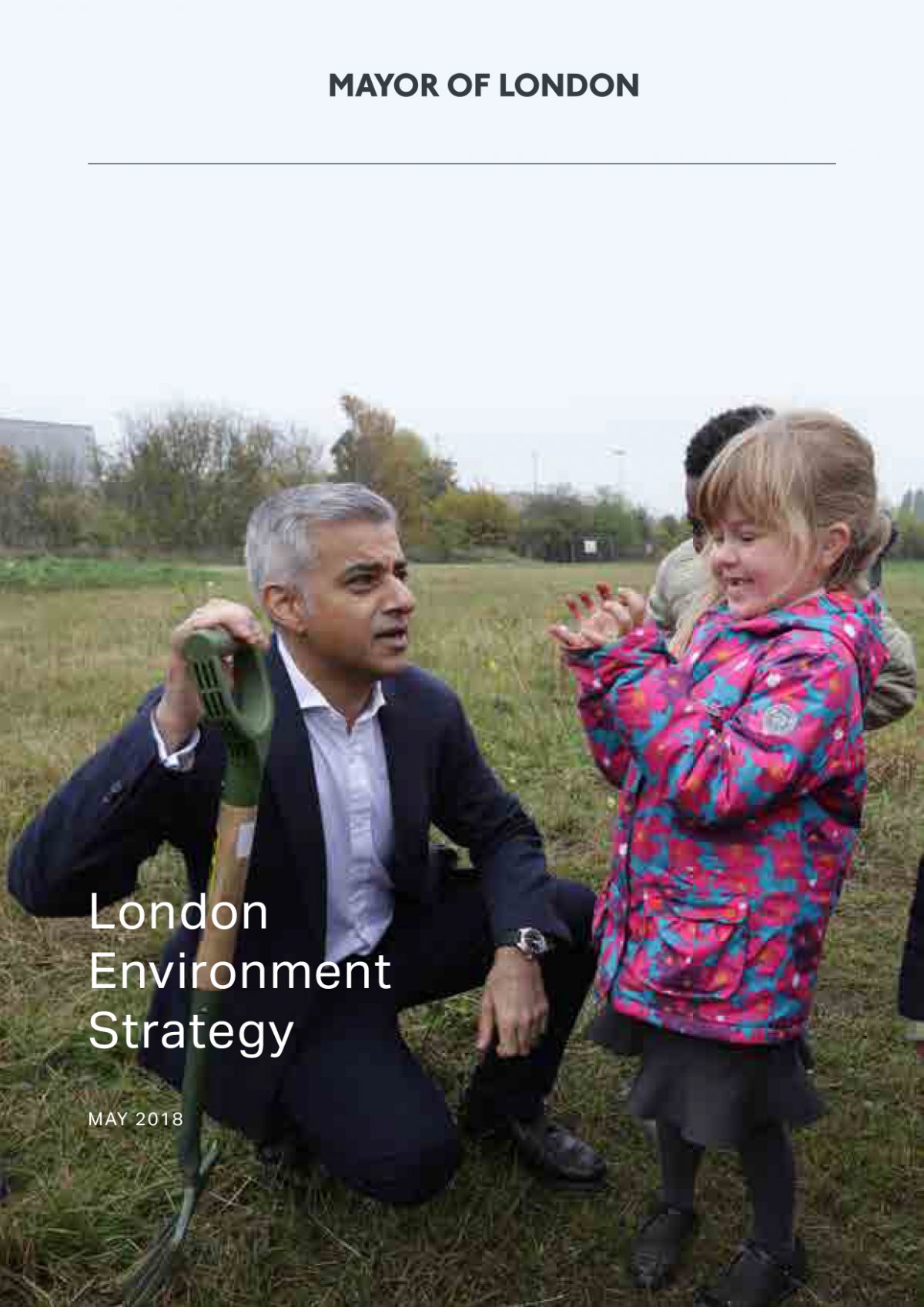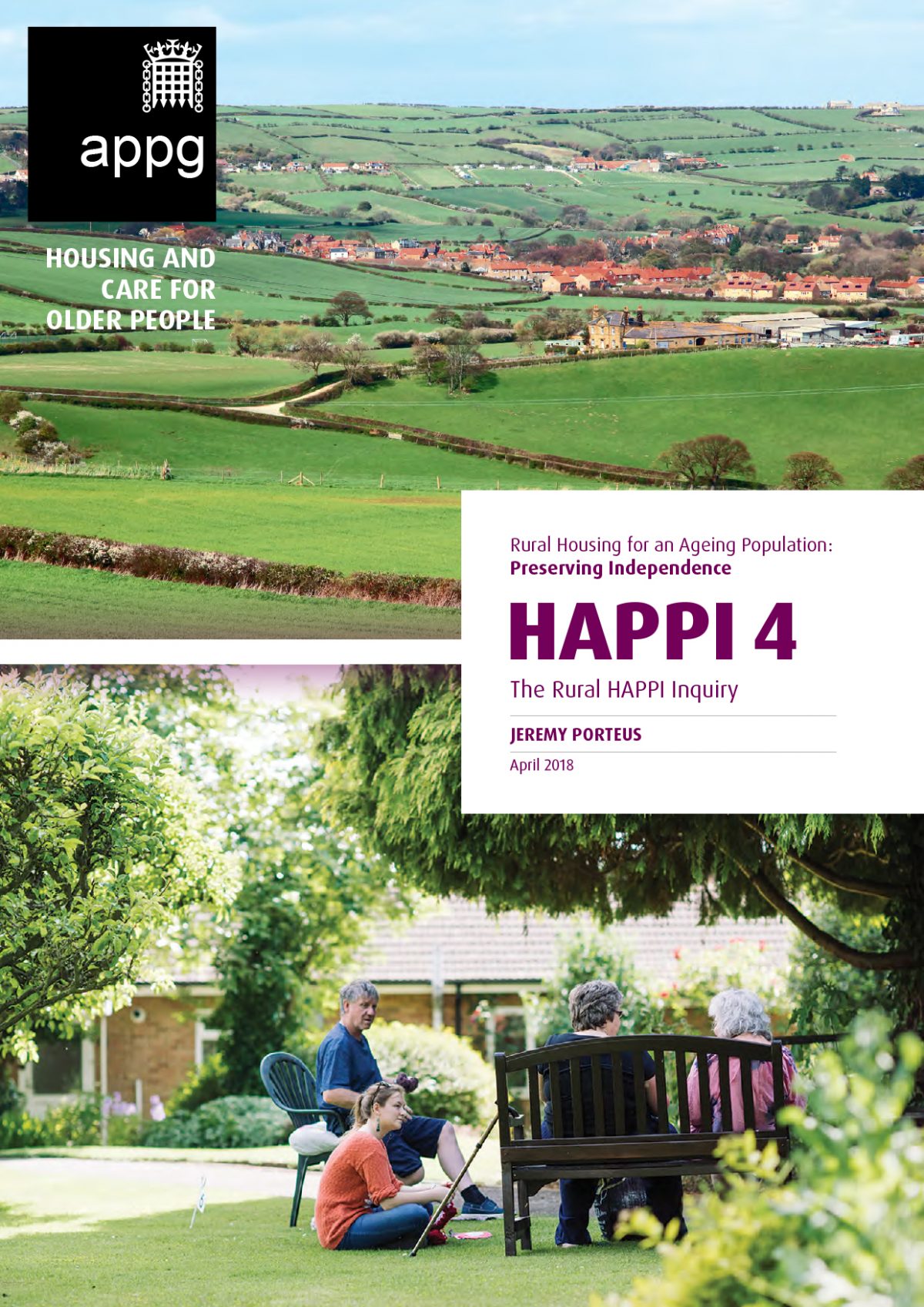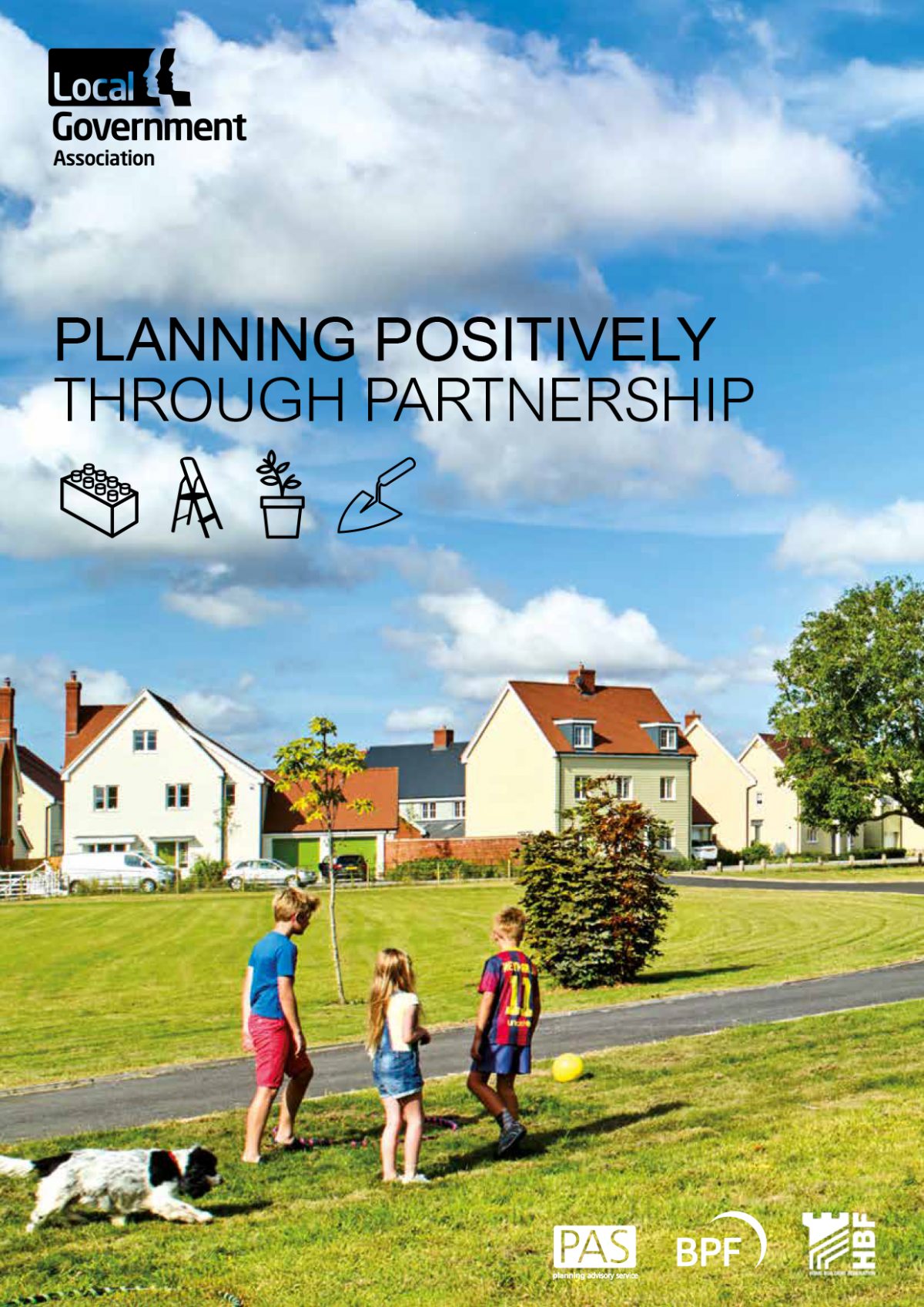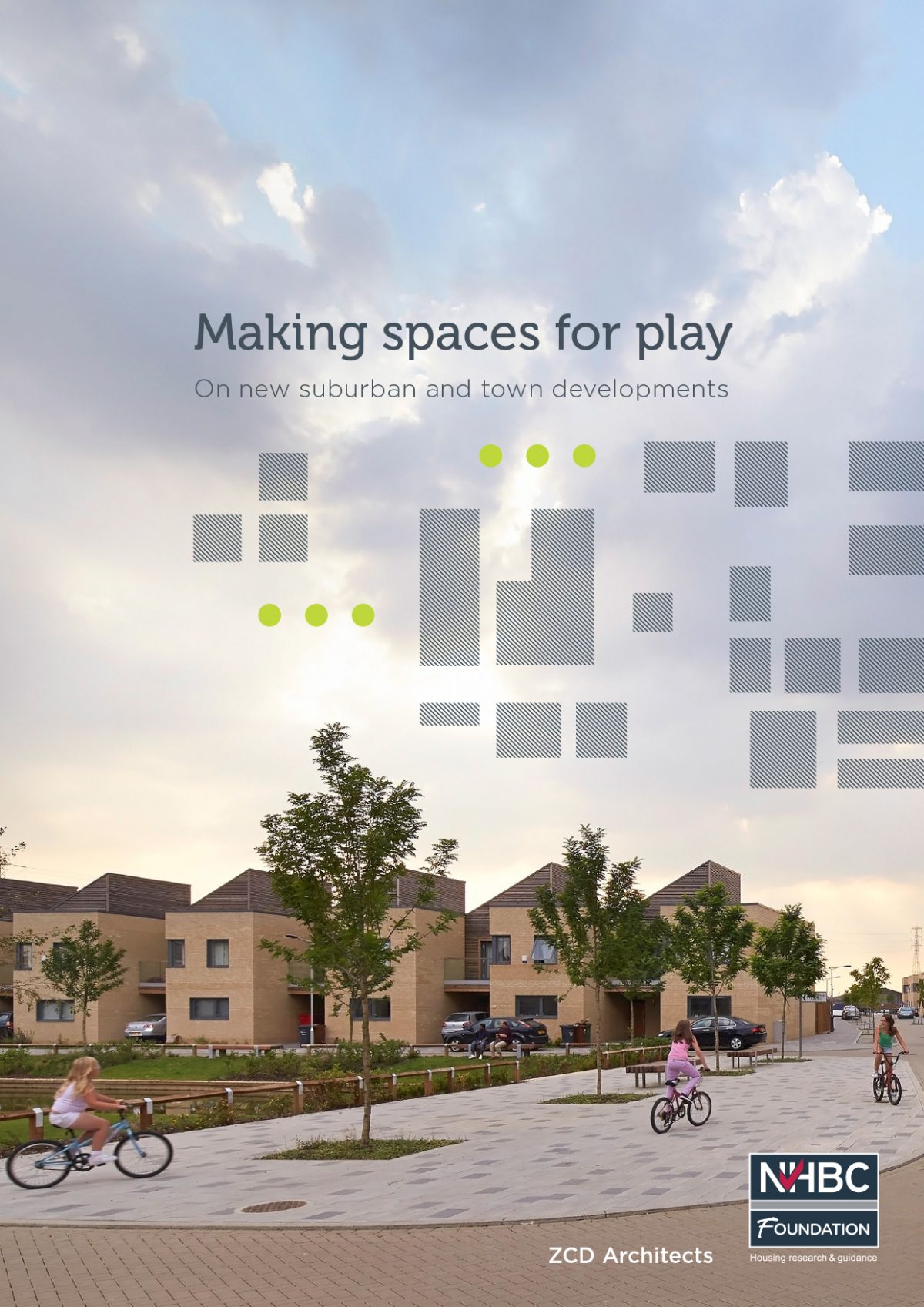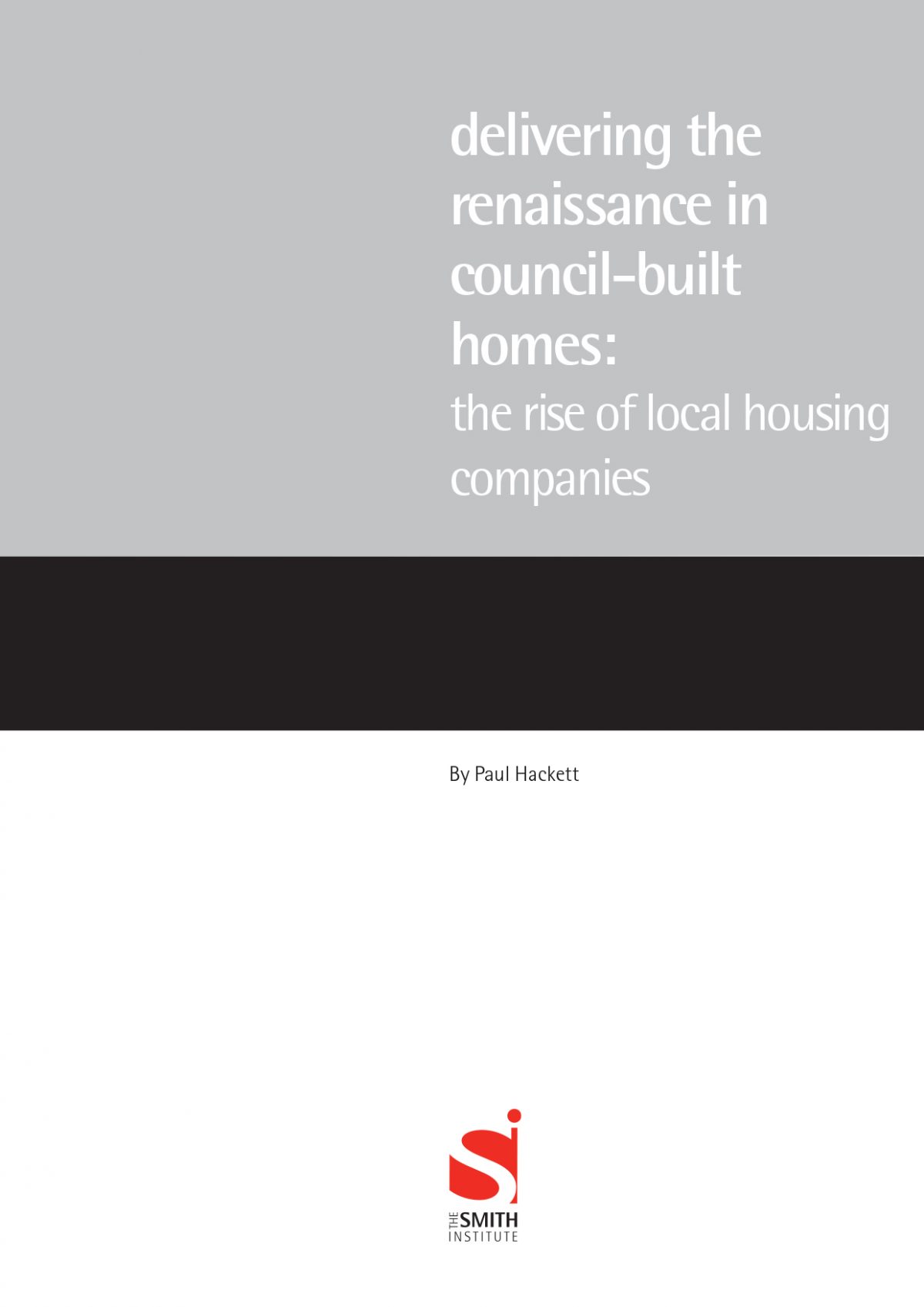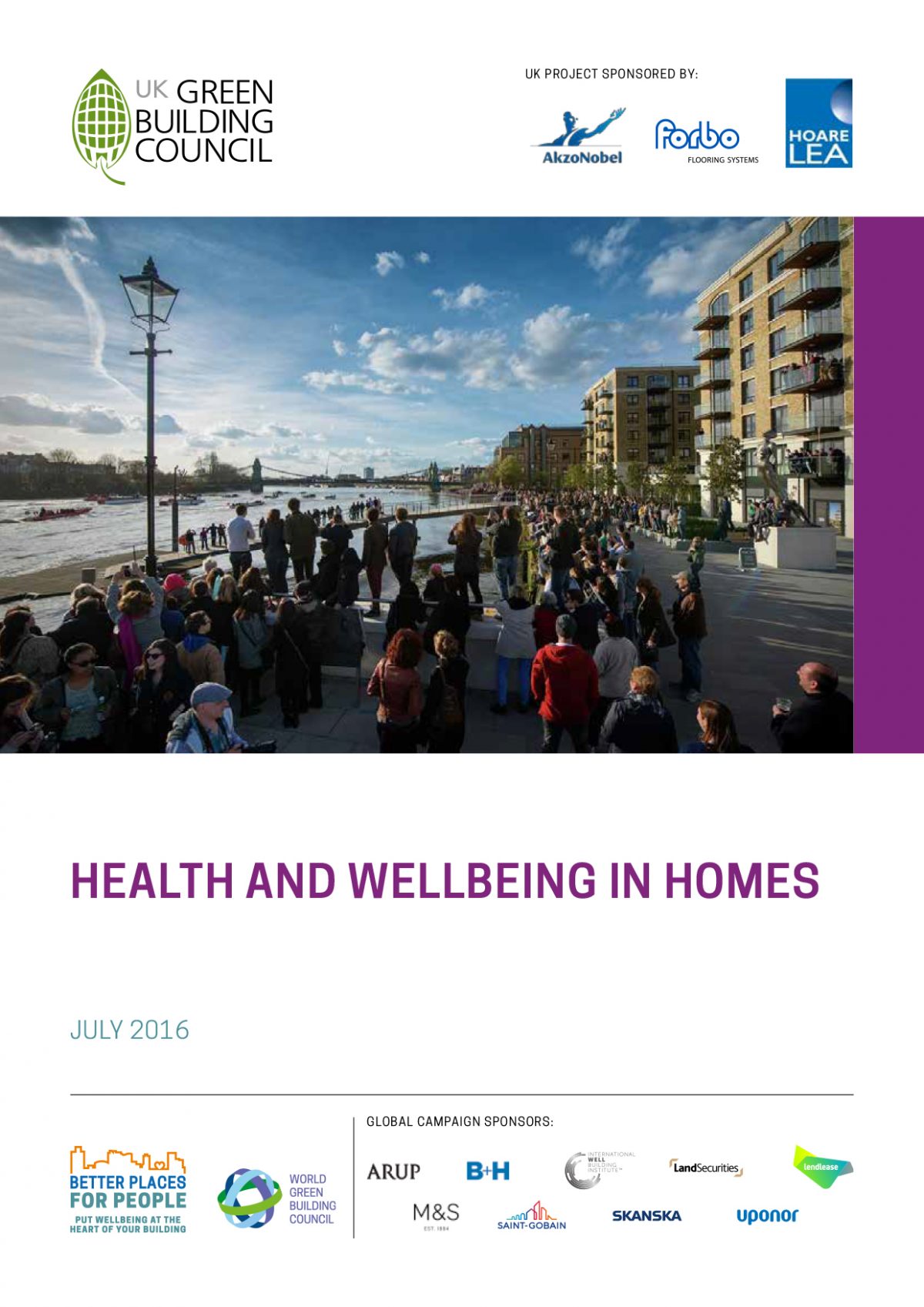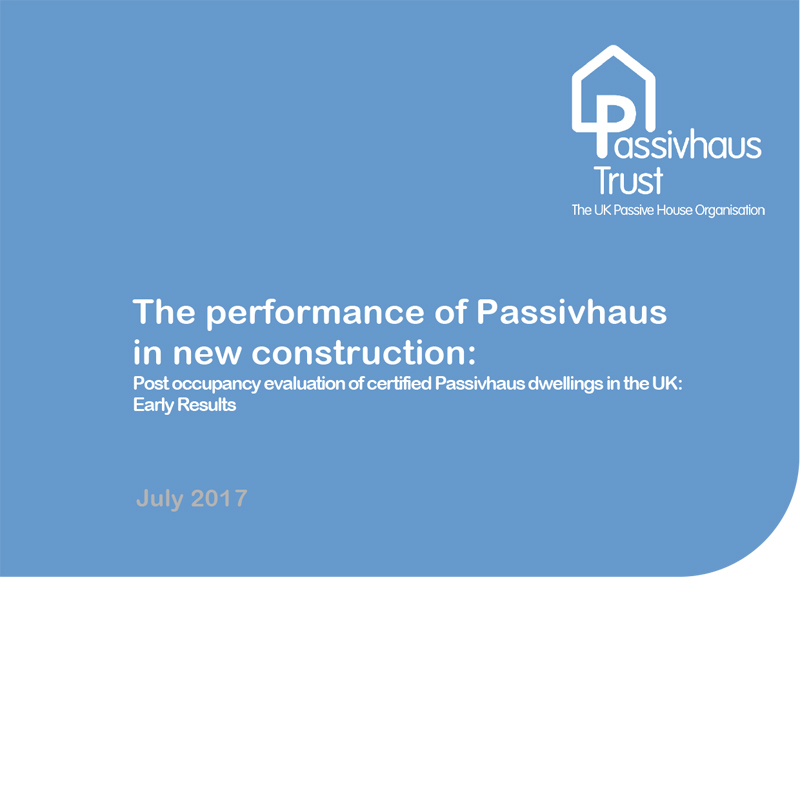As part of the CCN’s Building for the Future project, which aims to showcase innovative county councils and unitary authorities delivering high-quality homes and communities, this report demonstrates that there is an appetite among counties to help meet national housing need but that they are not supported by national policy.
The report finds that there is an often-severe need for affordable housing among county and unitary authorities, with house prices in these areas among the highest in the country and at least nine times average earnings.
The report charts the progress of five counties trying to address local housing needs either through partnerships or direct delivery, ultimately calling on government to recognise the potential of this as a movement and make policy reforms to unlock further delivery.
Author: Town and Country Planning Association (TCPA), County Councils Network (CCN)
Publication date: June 2018
